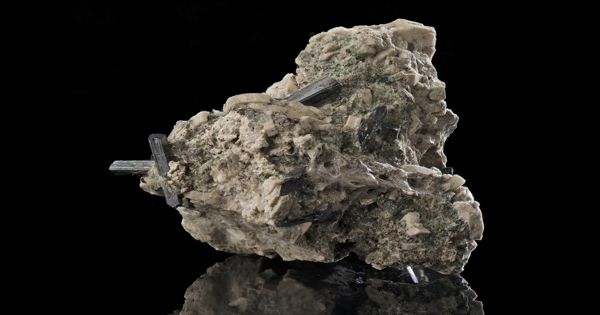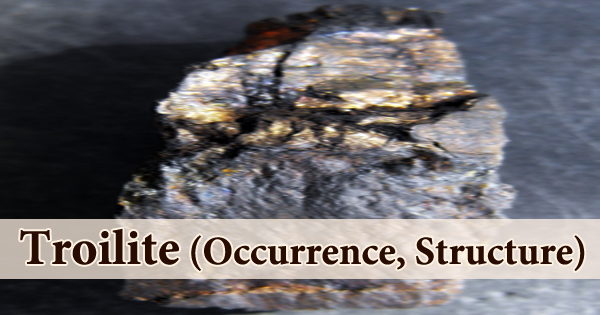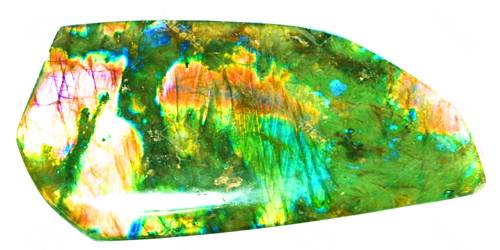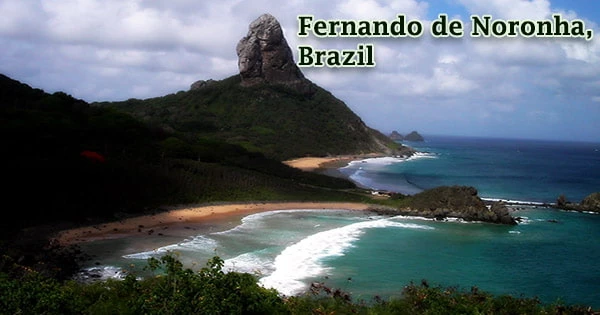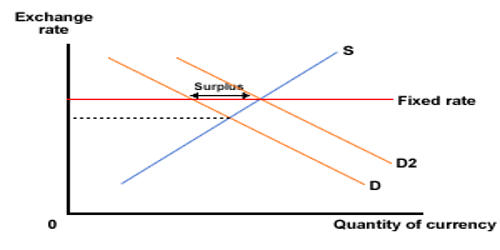Nenadkevichite is an orthorhombic hydrated silicate of sodium, calcium, niobium, and titanium, which occurs as pale yellow crystals. It is a rare silicate mineral containing niobium with the formula: (Na, Ca) (Nb, Ti)Si2O7·2H2O. It was named in honor of Konstantin Avtonomovich Nenadkevich who was a Russian mineralogist and geochemist for the A.E. Fersman Mineralogical Museum in Moscow, Russia.
General Information
- Category: Cyclosilicate
- Formula: (repeating unit) (Na, Ca) (Nb, Ti)Si2O7·2H2O
- Crystal system: Orthorhombic
- Crystal class: Dipyramidal (mmm)
- Color: Rose-pink, very light pink, light yellow, brown; dark brown due to inclusions.

Properties
Nenadkevichite is a rare silicate mineral containing niobium. It forms brown to yellow to rose-colored orthorhombic dipyramidal crystals with a dull to earthy luster. It has a Mohs hardness of 5 and a specific gravity of 2.86. The crystal structure, like the other members of the labuntsovite nenadkevichite group, contains columns formed by (Nb, Ti)-octahedra with shared trans-vertices.
- Cleavage: Poor/ indistinct
- Fracture: Irregular/ uneven
- Tenacity: Brittle
- Mohs scale hardness: 5
- Luster: Vitreous, dull
- Streak: White, very light rose-pink
- Diaphaneity: Transparent, translucent, opaque
- Specific gravity: 2.78 – 2.885 g/cm3
Occurrences
Nenadkevichite was first reported in 1955 from a nepheline syenite pegmatite in the Kola Peninsula. It is a rare mineral that occurs “between crystals of microcline in a nartolite-albite-rich pegmatite in nepheline syenite in a differentiated alkalic massif” at its Russian locality in the Lovozero massif, and “in pegmatites, cavities in igneous breccias, hornfels, and marble xenoliths in an intrusive alkalic gabbro-syenite complex at the Mont Saint-Hilaire locality in Canada.
In addition it has been reported from Mont Saint-Hilaire, Canada; the Ilimaussaq complex, Greenland; Windhoek District, Namibia; and Zheltye Vody, Ukraine. Other localities include Greenland and newer localities in China, the United States, and Namibia. It was named after Konstantin Avtonomovich Nenadkevich (1880–1963), Russian mineralogist and geochemist.Association: Microcline (Lovozero massif, Russia); microcline, aegirine, catapleiite, ancylite, epididymite, eudialyte, s¶erandite, pectolite, apophyllite, monteregianite, vesuvianite, many other species (Mont Saint-Hilaire, Canada).
Information Source:
